2012 Fiat 500 Abarth Review
Car enthusiasts throughout North America bemoan the fact that we often get short changed when it comes to receiving hot performance versions of popular vehicles in Europe and Japan. Either we don’t get them period, or when they do show up, they’re somehow three-quarters of a whole. And on paper at least, the Fiat 500 Abarth appears to be a bit like that.
FAST FACTS
| 1. Abarth models make 160 hp and 170 lb-ft of torque from a 1.4-liter Multi-Air turbocharged 4-cylinder. |
| 2. With a 5-speed manual and weighing just 2,512 lbs it can accelerate to 60 mph in under 7 seconds. |
| 3. While Italian in heritage, all North American 500 Abarths are built at the Chrysler Plant in Toluca, Mexico. |
| 4. Pricing for the Abarth starts at $22,000 |
In Europe, Abarth is considered a separate entity from Fiat with it’s own independent dealer network and cars based not only on the 500 but also the larger Punto. This would seem logical, given the nameplate’s storied history in Europe, where Carlo Abarth’s pint-sized, Fiat-based performance pills, notably the 595, 695, 850 and 1000TC proved to be giant killers in sports car racing during the 1960s. In fact, in Europe you can actually get “reborn” 595 Competizione and Turismo versions, limited edition 500 based cars that celebrates the brand’s racing heritage, as well as a cabriolet and a host of Esseesse (SS) tuning kits.
In North America, however, Abarth and, come to think of it, Fiat, have never enjoyed anywhere the same status as they have in Europe. As a result, when a tuned “Nuova Cinquecento” finally landed on our shores, four years after its debut across the pond, it was simply labeled Fiat 500 Abarth.
LOOKS THE PART
So, does a more pedestrian name mean a more pedestrian car? Well, no! Our version is every bit as aggressive looking as that found in Europe. Not only do the body upgrades help eschew cuteness for a sense of purpose, they’re functional too. The Abarth Scorpion emblem sits on a finned surface that doubles as an air intake, while nostrils in the lower part of the front fascia serve as ducts to feed air to twin intercoolers. The Abarth rocker panel extensions help blend the functional front and rear diffusers, while that prominent rear roof mounted spoiler actually provides downforce at speed.
North American 500 Abarths come standard with 16-inch cast alloy wheels, while lightweight forged 17-inch units are listed as options. You’ve got prominent red brake calipers and an optional racing stripe package available in red, white, or black, along with corresponding mirror caps, that pay homage to Abarths of yesteryear.
Inside, as befitting a proper performance car, pint-sized or otherwise, the regular 500 cabin has been upgraded with a sporty, thick-rimmed Abarth steering wheel, prominent 160 mph speedometer and turbo boost gauge, plus drilled foot pedals and a pair of Abarth performance bucket seats, completed with firm bolstering and harness pass through. Additionally, the back seat, tiny as it is, has been reconfigured to complement the front ones, with better lateral support should you find yourself banished there. Both cloth and leather upholstery is offered, though in our eyes the former seems more in keeping with this car and is certainly more practical, especially if you live in a hotter part of the country.
Although the original Abarths were primitive to say the least, this one boasts a whole array of modern conveniences, besides power windows, mirrors and climate control, plus a stereo with satellite radio, it’s offered with a dash top port for a detachable Tom Tom navigation system and is available with BLUE&ME hands-free technology (essentially Fiat’s version of SYNC).
OVERACHIEVING POWERTRAIN
But enough of that; the real reason somebody would likely want to buy a 500 Abarth in the first place is to drive the living snot out of it.
And again, on paper, all the right ingredients seem to be there. Our version is powered by a 1.4-liter Multi-Air turbocharged four that’s rated at 160 horsepower and 170 lb-ft of torque. (In Europe 135 and 160 hp non Multi Air 1.4 motors are offered).
The specs on the engine read straight out of a tuner’s wish list: cast-iron block with structural aluminum oil pan, forged steel crankshaft, lightweight pistons with cooling jets and a twin-cam alloy head with electro-hydraulic actuated valve timing, courtesy of Fiat’s Multi-Air system. Combined with the single turbocharger, twin intercoolers and dual exhaust, it delivers a raspy note at idle and feels eager to rev.
On North American 500 Abarths only one gearbox is offered; a beefed up five-speed manual with a 3.35:1 final drive ratio designed to aid quick take-offs.
And in terms of acceleration, the little Fiat (which weighs just 2,512 lbs) doesn’t disappoint. Although the clutch pedal and shifter positioning take a little getting used to, the car feels very quick through the gears and by four cylinder standards the exhaust note is glorious; aggressive, throaty and genuinely competition bred in a way few modern fours are.
Shift action is also satisfyingly smooth and it’s very easy to make full use of the engine’s potential through fast, efficient cog swapping. With 170 lb-ft of torque, you don’t have to absolutely cane the blown 1.4L, since, for a small engine, the power spread is wide and generous (max torque is available from 2500 rpm to 4000 revs with peak power at 5,500). Thanks to equal length half-shafts, torque steer is actually quite minimal under hard acceleration, a far cry from most hot hatches of yesteryear – and a few current ones.
The 500 Abarth sports Fiat’s Torque Transfer Control system, a nanny aid that combines electronic stability sensors with a mechanical differential to limit wheelslip. It’s designed to not only minimize tire smoke when you hit the loud pedal but also promote faster cornering at the limit. That said, with the traction control disengaged, there’s still ample torque to light up the front skins.
As far as handling goes, what can we say? This one’s pretty much a joy by pocket rocket standards, reminding us of front-drive benchmarks such as the original VW GTI and Fiat’s own Abarth 130 TC.
Yet, this being the 21st century, it’s far more refined than either. When bringing the 500 Abarth to North America, Fiat was very careful to adopt as much as possible from the European version when it came to suspension hardware.
UNIQUELY TUNED CHASSIS
As a result it uses dual valve Koni Frequency Selective Damping shocks, special Abarth designed lower front control arms and lower (0.6-inch) and stiffer springs. Out back the rear twist beam axle is stiffened, featuring stronger spring mounts and a specifc Abarth sway bar.
Combined with the optional 17-inch forged wheels, 205/40R17 tires and quicker 15.1:1, the result is lively, fun to drive little car in the Italian tradition. Turn in is sharp, even with electric assistance and the 500 Abarth feels surprisingly neutral for a front-drive machine through fast corners, with an excellent amount of grip and little body roll. Even when the stability control system is turned off, the car feels communicative and fast through the turns, allowing significant throttle inputs, so experienced drivers can power out nicely and maintain as efficient a racing line as possible. In the right hands, the Abarth would run rings around bigger, more powerful performance cars.
Although the Koni shocks are designed to filter out excessive bumps, on a variety of road surfaces, which we tested at Chrysler’s Chelsea, Michigan proving grounds, the ride still remains very much on the firm side. If you live in an area littered with bumpy and pothole ridden streets (i.e. the rest of Michigan), the idea of driving this car every day is likely to meet with some resistance. Then again, potential buyers aren’t likely to mind.
Since the days of the original 595, Abarths have been as much about balance as speed and handling and the modern 500 version delivers braking to match its sprinting and cornering abilities. At the front, 11.1-inch rotors gripped by 2.1-inch single piston calipers provide a good a mount of stopping force, aided by 9.4-inch discs and single-pot clampers out back. Several stints on the track revealed strong and consistent braking.
THE VERDICT
At a base price of $22,000 the Fiat 500 Abarth provides an affordable entry point into the world of true “Competizione” style motoring. It’s a car for driving, not just getting from points A to B.
In an age when automakers are seeking to maximize fuel economy and minimize emissions, based on political pressure and government directives, it seems that a lot of performance oriented cars are either being dropped or somewhat neutered, resulting in machines that are less fun to drive than their predecessors.
By contrast, the 500 Abarth, despite its diminutive size and decent 28/34 mpg rating, feels refreshingly raw in an age of electronic enhanced performance, with a character and style that’s uniquely Italian.
LOVE IT
- Great sounding
- Superb handling and balance
- Distinctive style and personality
LEAVE IT
- Harsh ride
- Limited interior room
- 5-speed manual transmission only
More by Huw Evans


















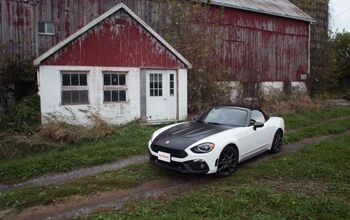
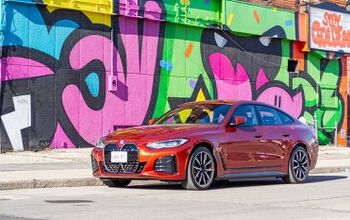
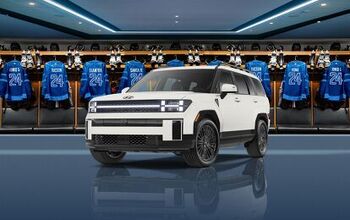
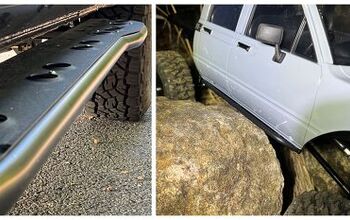

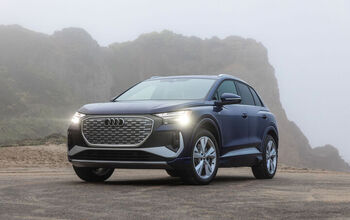
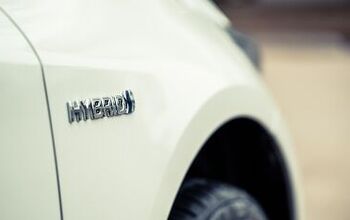
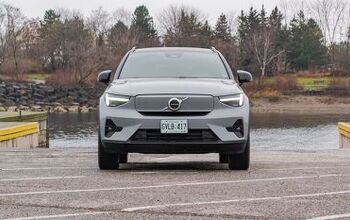

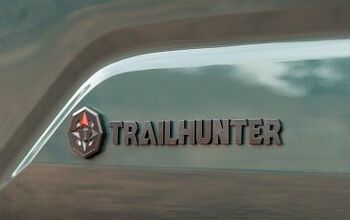
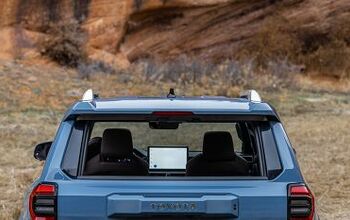


Comments
Join the conversation